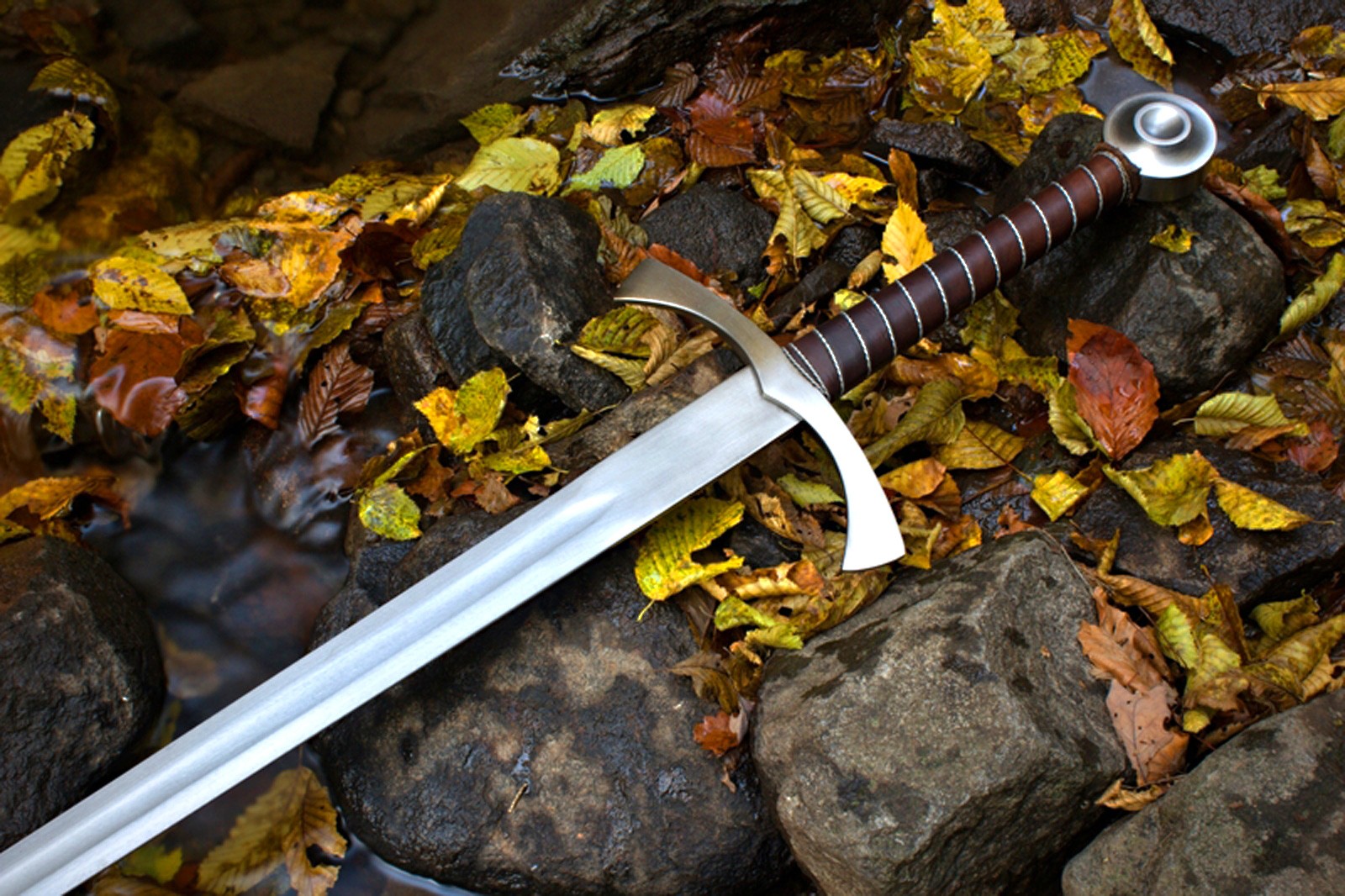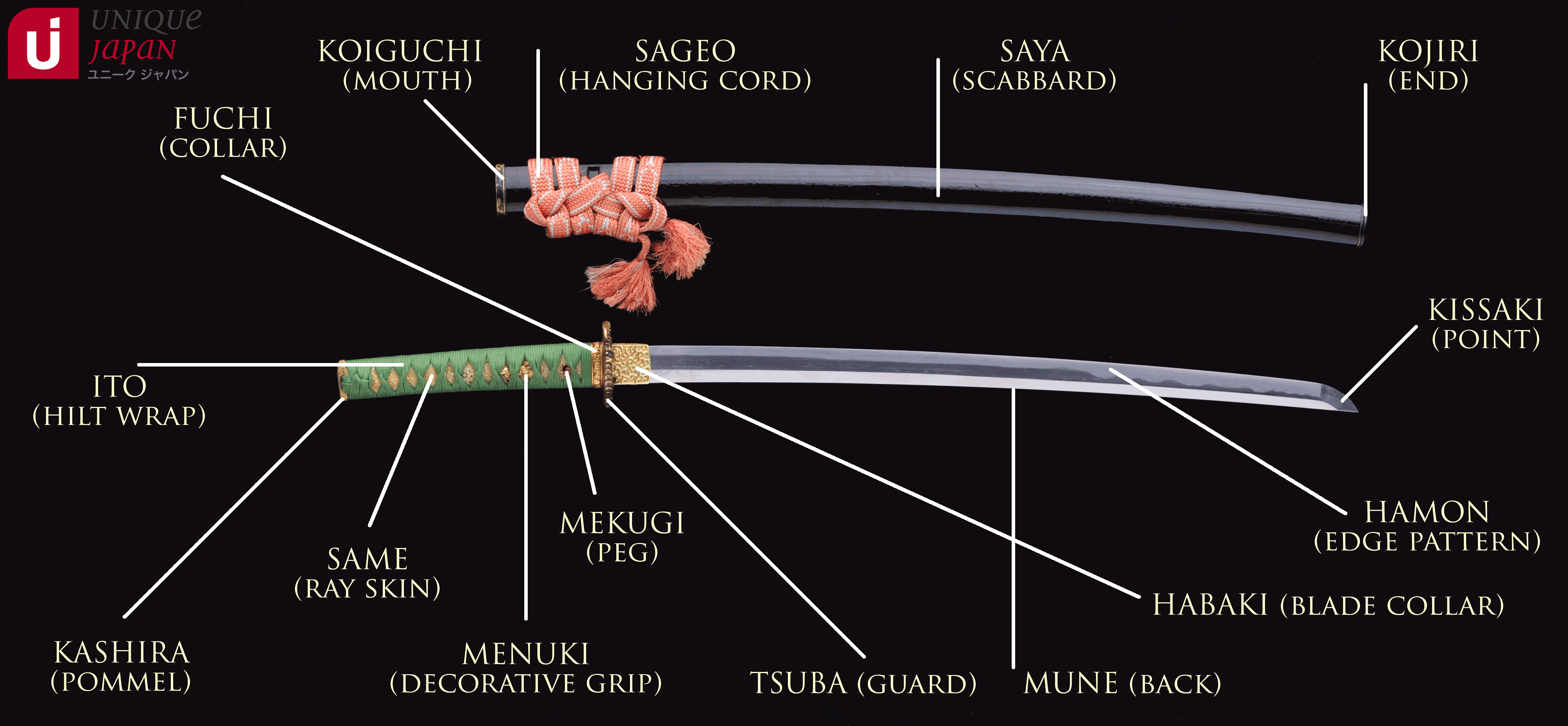Etymology and Historical Context

Sword meaning – The word “sword” originates from the Proto-Indo-European root *kerd-, meaning “to cut”. This root is also found in other Indo-European languages, such as Latin curtus (“short”) and Greek kerdos (“gain”).
The sword, a weapon of war and symbol of power, is a double-edged blade that can both protect and destroy. Like the diamond meaning of invincibility, the sword represents both the strength and fragility of life. It is a reminder that even the mightiest warrior can be felled by a single, well-aimed blow.
The earliest known swords date back to the Bronze Age, around 3000 BCE. These swords were made of copper or bronze and were used primarily for thrusting. By the Iron Age, swords had become more common and were made of iron or steel. These swords were longer and heavier than Bronze Age swords and were used for both thrusting and slashing.
The Sword in Mythology and Folklore
The sword has been a prominent symbol in mythology and folklore throughout history. In many cultures, the sword is seen as a symbol of power, courage, and honor. In the Greek myth of Perseus, the hero uses a sword to slay the Gorgon Medusa. In the Norse myth of Sigurd, the hero uses a sword to slay the dragon Fafnir.
Types and Classifications
Swords, throughout history, have manifested in a myriad of forms, each tailored to specific combat styles and cultural preferences. This diversity in design and construction has led to a comprehensive typology of swords, classified based on their intended use, blade shape, hilt styles, and materials.
From the iconic katana of Japan to the elegant rapier of Renaissance Europe, swords have showcased a vast array of blade shapes. Single-edged blades, such as those found on sabers and machetes, excel in slashing and cutting motions. Double-edged blades, like those on longswords and broadswords, provide versatility in both cutting and thrusting techniques.
Hilt Styles
The hilt, which provides the grip and protection for the wielder’s hand, also exhibits significant variation. Crossguards, quillons, and pommels come in various shapes and sizes, offering different levels of protection and balance. Basket hilts, commonly seen on cutlasses and small swords, provide ample hand protection during close combat. Simple crossguards, as found on Viking swords and katanas, allow for greater freedom of movement.
Materials
The choice of materials used in sword making has a profound impact on the weapon’s performance and durability. Steel, an alloy of iron and carbon, is the most prevalent material, offering a balance of strength, flexibility, and edge retention. Other materials, such as bronze, titanium, and even wood, have also been employed in sword construction, each with its unique advantages and drawbacks.
Famous Swords, Sword meaning
History is replete with legendary swords that have become symbols of power, skill, and cultural heritage. Excalibur, the mythical sword of King Arthur, represents the epitome of chivalry and royal authority. The Japanese katana, with its curved blade and single-edged design, embodies the samurai spirit of honor and precision. The Roman gladius, a short, double-edged sword, played a pivotal role in the expansion of the Roman Empire.
Symbolism and Cultural Significance: Sword Meaning

Swords have been imbued with profound symbolic meanings throughout history and across diverse cultures. They embody concepts of power, honor, and prestige, and play a pivotal role in religious ceremonies, rituals, and social hierarchies.
In ancient Egypt, the khopesh sword symbolized divine power and was associated with the pharaohs, who wielded it as a symbol of their authority. In Japan, the katana is considered a sacred weapon, embodying the samurai code of honor and loyalty.
Religious Significance
Swords have often been associated with religious beliefs and practices. In Christianity, the sword represents the power of God and the triumph of good over evil. In Islam, the sword is a symbol of jihad, or holy war, and is often depicted in religious art and literature.
Social Hierarchy
In many societies, swords have been used to denote social status and hierarchy. In medieval Europe, knights were granted swords as a symbol of their rank and authority. In some African cultures, swords are reserved for chiefs and other high-ranking individuals.
Power and Prestige
Swords have long been associated with power and prestige. In many cultures, owning a sword was a sign of wealth and influence. Swords were often elaborately decorated and adorned with precious metals and gemstones, reflecting the status of their owners.
In the hands of a skilled warrior, a sword is an extension of the body, a weapon that can both defend and conquer. Its blade, sharp as a razor, can cleave through flesh and bone with ease. Yet, even the mightiest of swords is but a tool, its meaning defined by the wielder.
Just as the olive tree symbolizes peace and tranquility, a sword can represent both the horrors of war and the triumph of justice.
In the realm of warriors, the sword was a potent symbol, a conduit of power and prestige. Yet, beyond the battlefield, its significance transcended mere steel. It became a metaphor for the channels through which knowledge and wisdom flowed, connecting the mind and body, the mundane and the divine.
As channel definition suggests, a sword could serve as a conduit for the transmission of ideas, carving pathways between realms of thought and experience.
In the hands of a warrior, a sword was more than a weapon; it was an extension of their will, a symbol of their strength and courage. But even the sharpest blade could be shattered against the unyielding surface of a diamond, a stone that represented purity, innocence, and everlasting love.
Like the sword, the diamond held a profound meaning, reflecting the complexities of human nature and the eternal quest for power, beauty, and transcendence.
The sword, a symbol of power and violence, has been wielded by warriors and tyrants throughout history. Its sharp edge has cut through flesh and bone, leaving behind a trail of destruction. Yet, in the hands of a skilled swordsman, it can also be a thing of beauty, a graceful dance of steel that can mesmerize and awe.
Like an umbrella that shields us from the rain, the sword can also be a protector, a guardian against the forces of evil. It is a paradox, a weapon that can both destroy and defend, a symbol of both violence and peace.